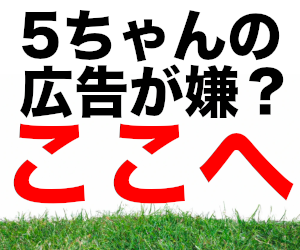「不等号 >、< について」
英語では Greater-than sign、Less-than sign らしい(下記)
1560s年頃とか、1631年の文献があるらしい
ところで、日本語では、以下と以上、未満と超え があるよね
0以下: ≦0
0以上: 0≦
0未満: <0
0超え: 0<
不等号の左右揃う必要ないよね
自然な日本語と対応しているよね
実数Rを考えたら、
こっちが、正解じゃね?w
参考
https://en.wikipedia.org/wiki/Greater-than_sign
Greater-than sign
The greater-than sign is a mathematical symbol that denotes an inequality between two values. The widely adopted form of two equal-length strokes connecting in an acute angle at the right, >, has been found in documents dated as far back as the 1560s.
History
The earliest known use of the symbols < and > is found in Artis Analyticae Praxis ad Aequationes Algebraicas Resolvendas (The Analytical Arts Applied to Solving Algebraic Equations) by Thomas Harriot, published posthumously in 1631. The text states: "Signum majoritatis ut a > b significet a majorem quam b (The sign of majority a > b indicates that a is greater than b)" and "Signum minoritatis ut a < b significet a minorem quam b (The sign of minority a < b indicates that a is less than b)."
https://en.wikipedia.org/wiki/Less-than_sign
Less-than sign
現代数学の系譜 カントル 超限集合論他 3
■ このスレッドは過去ログ倉庫に格納されています
314132人目の素数さん
2021/11/12(金) 18:52:06.67ID:WtkGTe5w■ このスレッドは過去ログ倉庫に格納されています
ニュース
- 永野芽郁、衝撃の“肉食W不倫”の代償「CMドミノ降板」『キャスター』出演シーン大幅カット ★2 [阿弥陀ヶ峰★]
- 「コメ農家の時給10円説」はウソである…日本人に高いコメを買わせ続ける農水省・JA農協の"裏の顔" [ぐれ★]
- 【大阪・関西万博】“空飛ぶクルマ” デモ飛行中に機体の一部破損 [香味焙煎★]
- 【国際】トランプ氏「プーチン氏は戦争を止めたくないのかもしれない」 攻撃を非難、二次制裁の検討示唆 [ぐれ★]
- 「米価このまま維持されてしかるべきだ」佐賀県知事、稲作農家の経営踏まえ言及 ★5 [ぐれ★]
- 【大阪】1人死亡3人搬送 若い男性4人が乗る車が歩道柵衝突 枚方市 [ぐれ★]
- __国土安全保障省長官、グッチのバッグが盗まれる👈犯人の身元は? [827565401]
- 【石破悲報】トランプ「就任初日に戦争止めると言ったな😤あれは面白半分の冗談ですやん」😲 [359965264]
- サンデーモーニングのお🏡
- 東大教授「データで見ると、氷河期世代は他の世代より甘やかされており、むしろ現代の若者の方が厳しい状況にある」X大炎上ww [257926174]
- 【動画】大阪万博の空飛ぶクルマ、有人飛行中にぶっ壊れる… [306119931]
- 高速道路の逆走、年200件前後…7割が65歳以上 [178716317]
